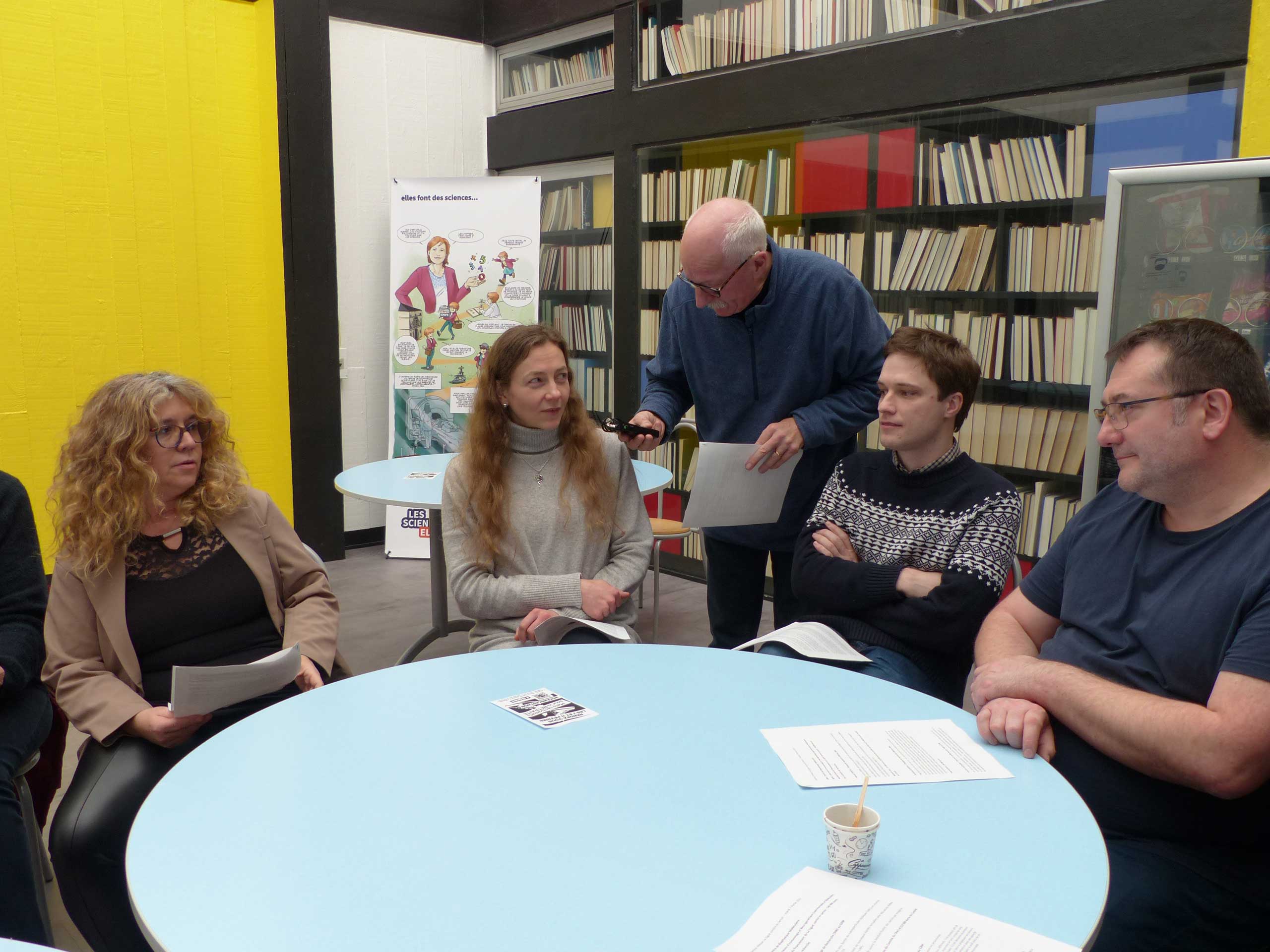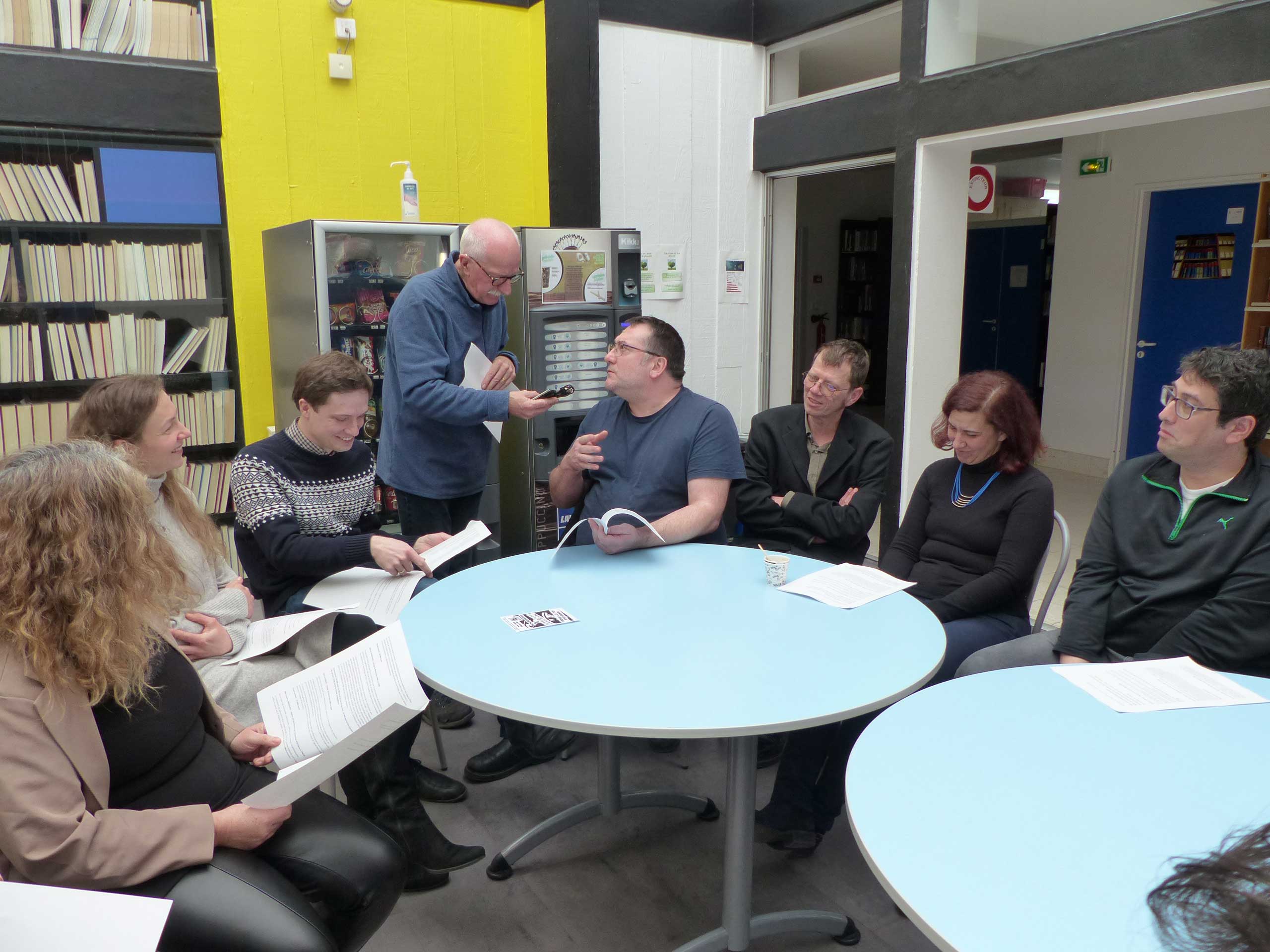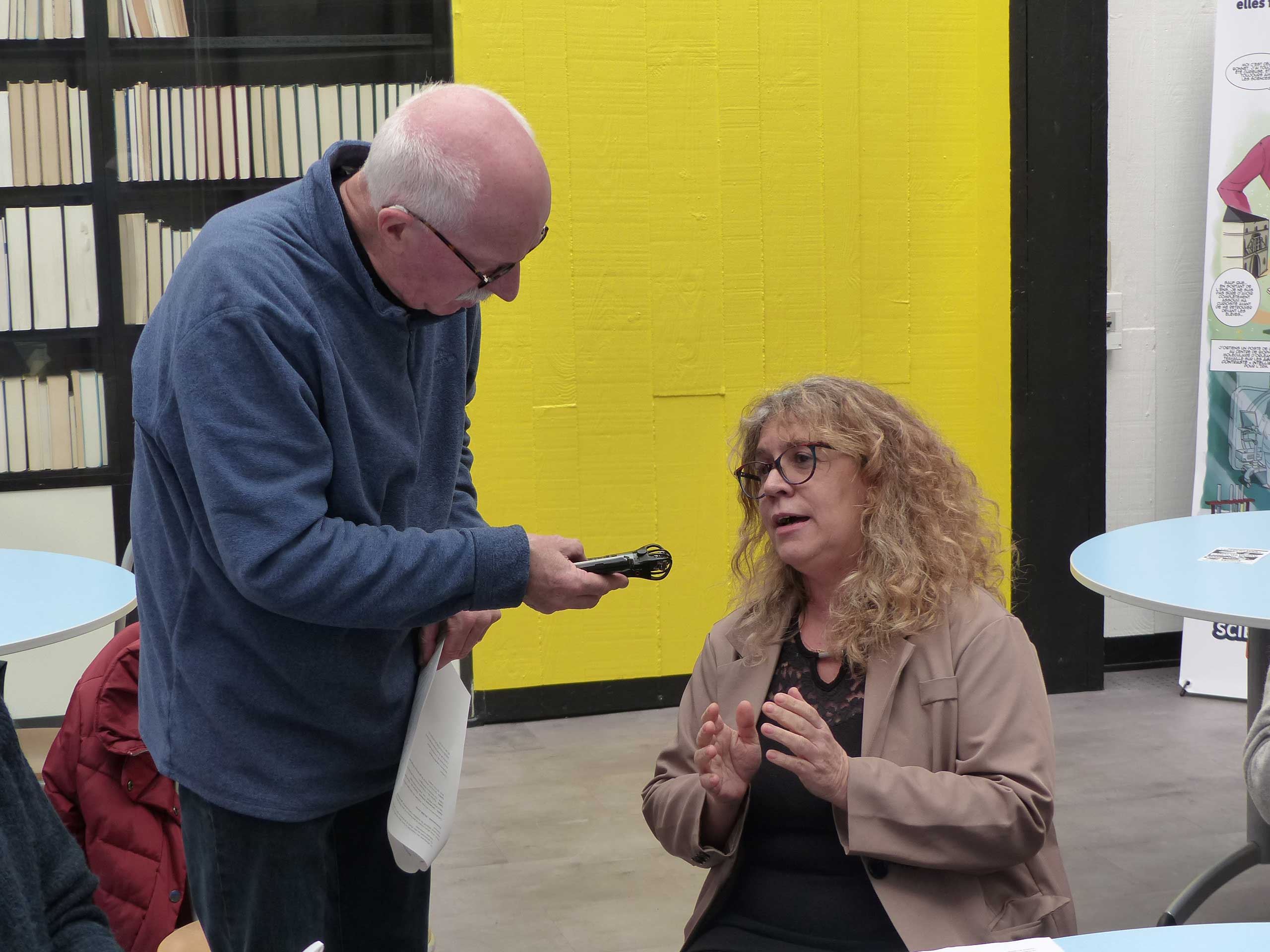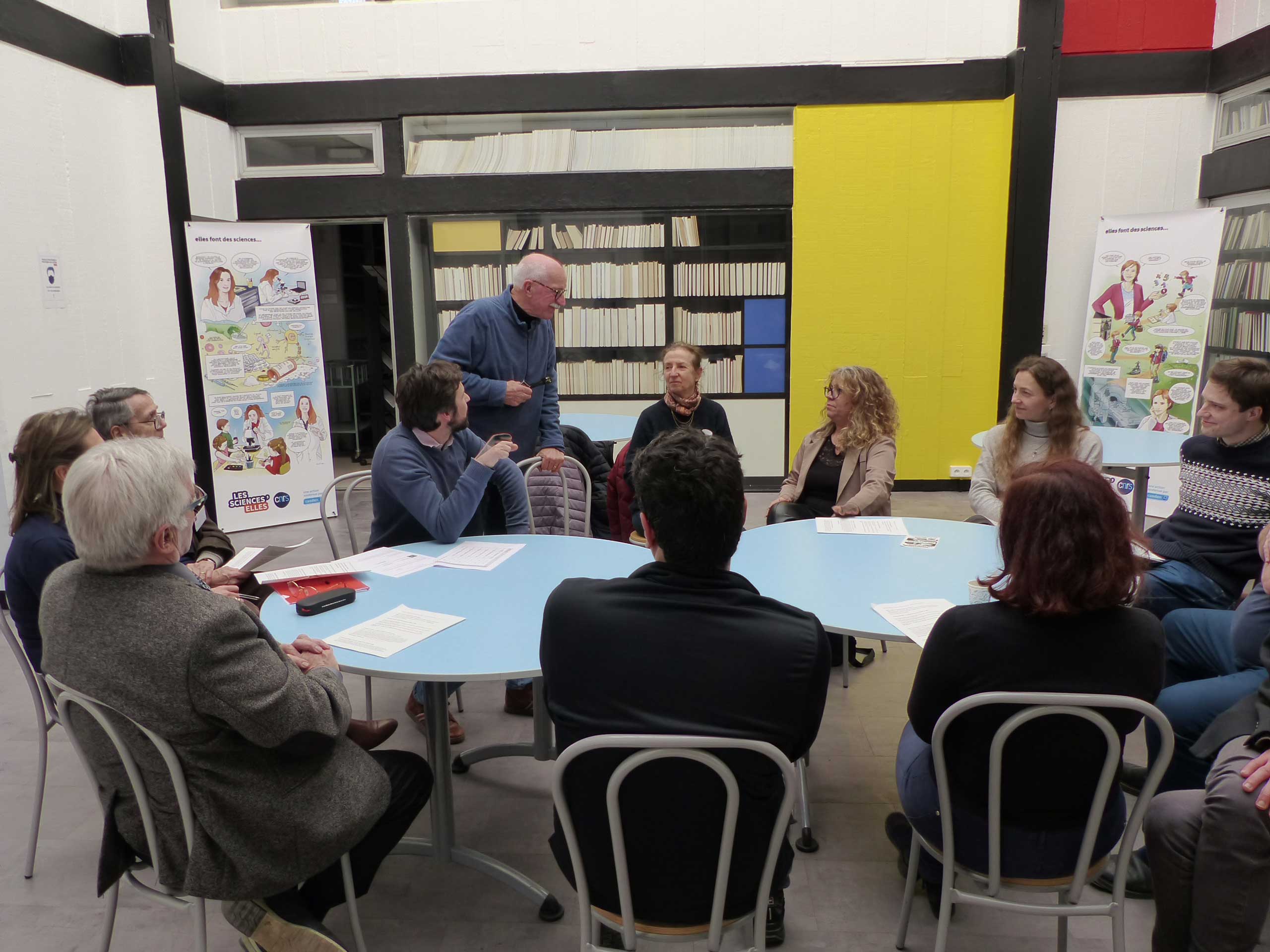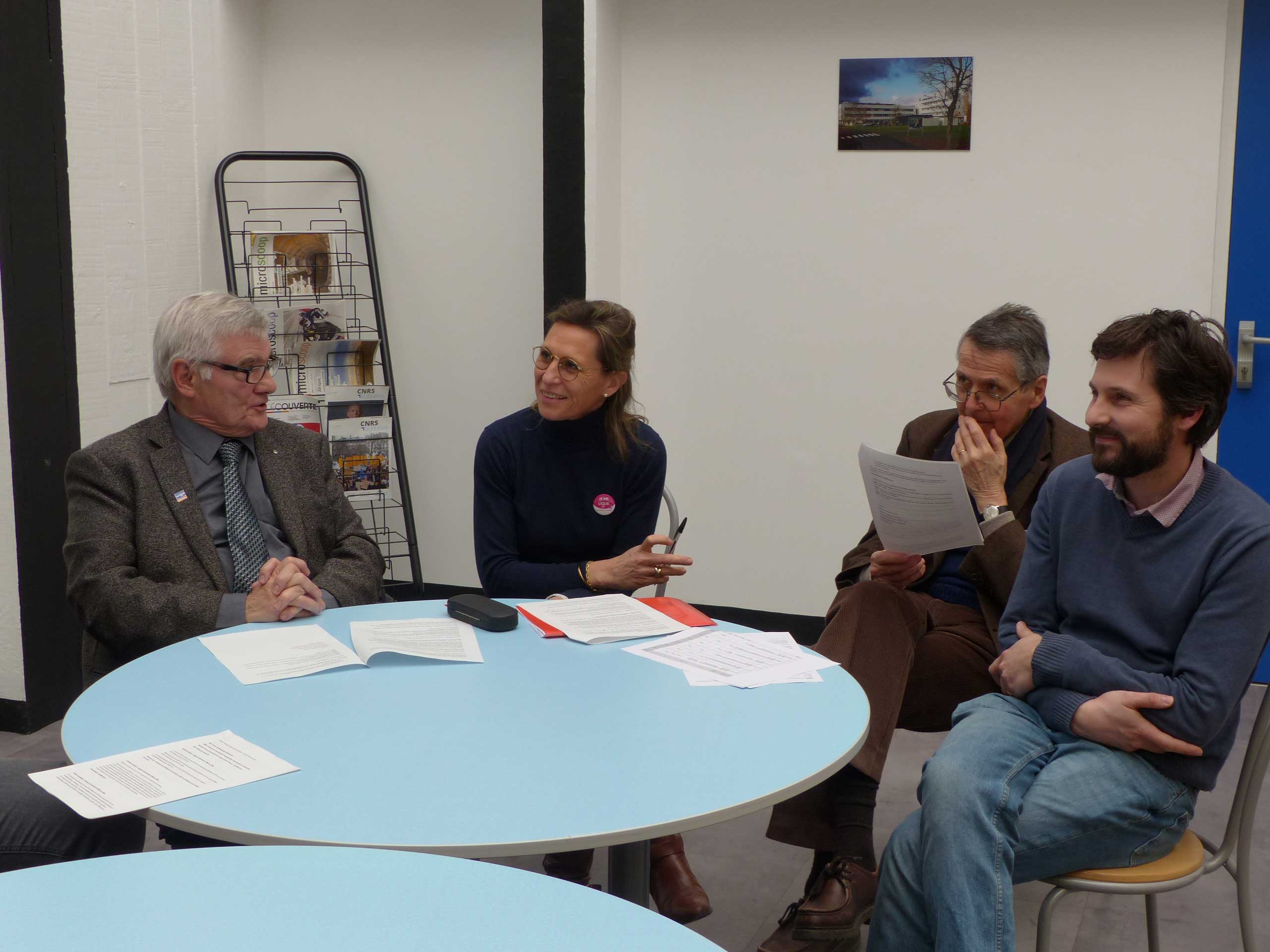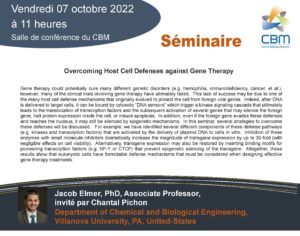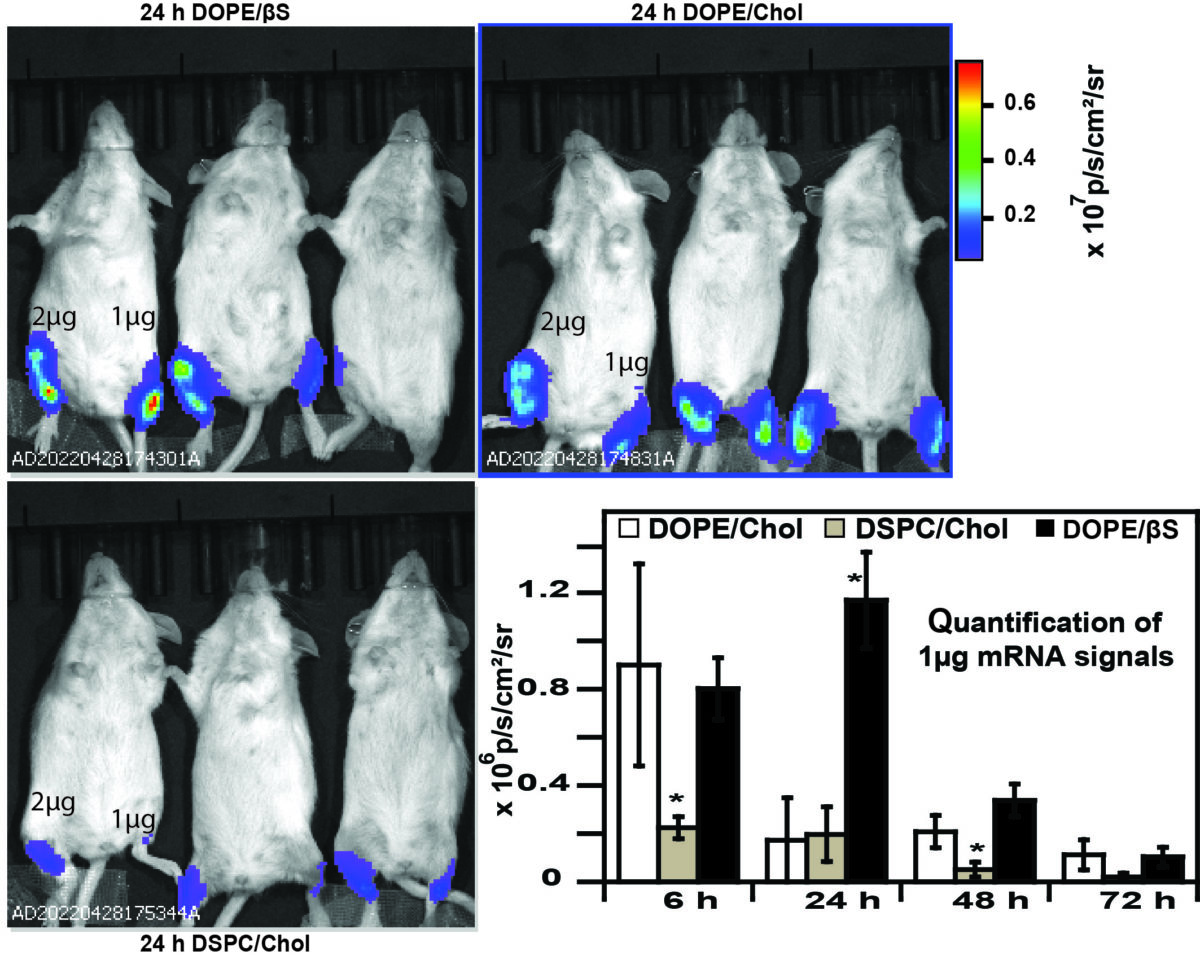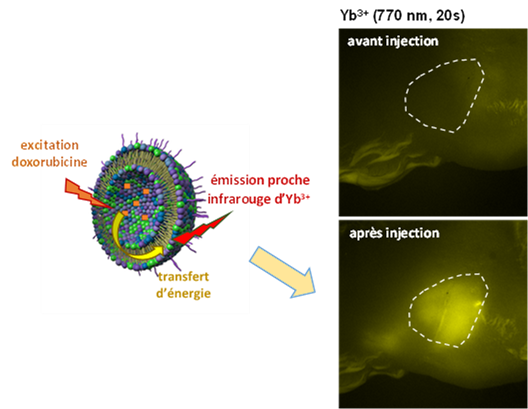Christophe DELEHEDDE, PhD student in the "Innovative therapies and nanomedicine" team, will defend his thesis on Monday November 6, 2023 at 14:00 p.m. at the Charles Sadron Auditorium, CNRS Campus in Orléans.
Download the thesis defense notice.
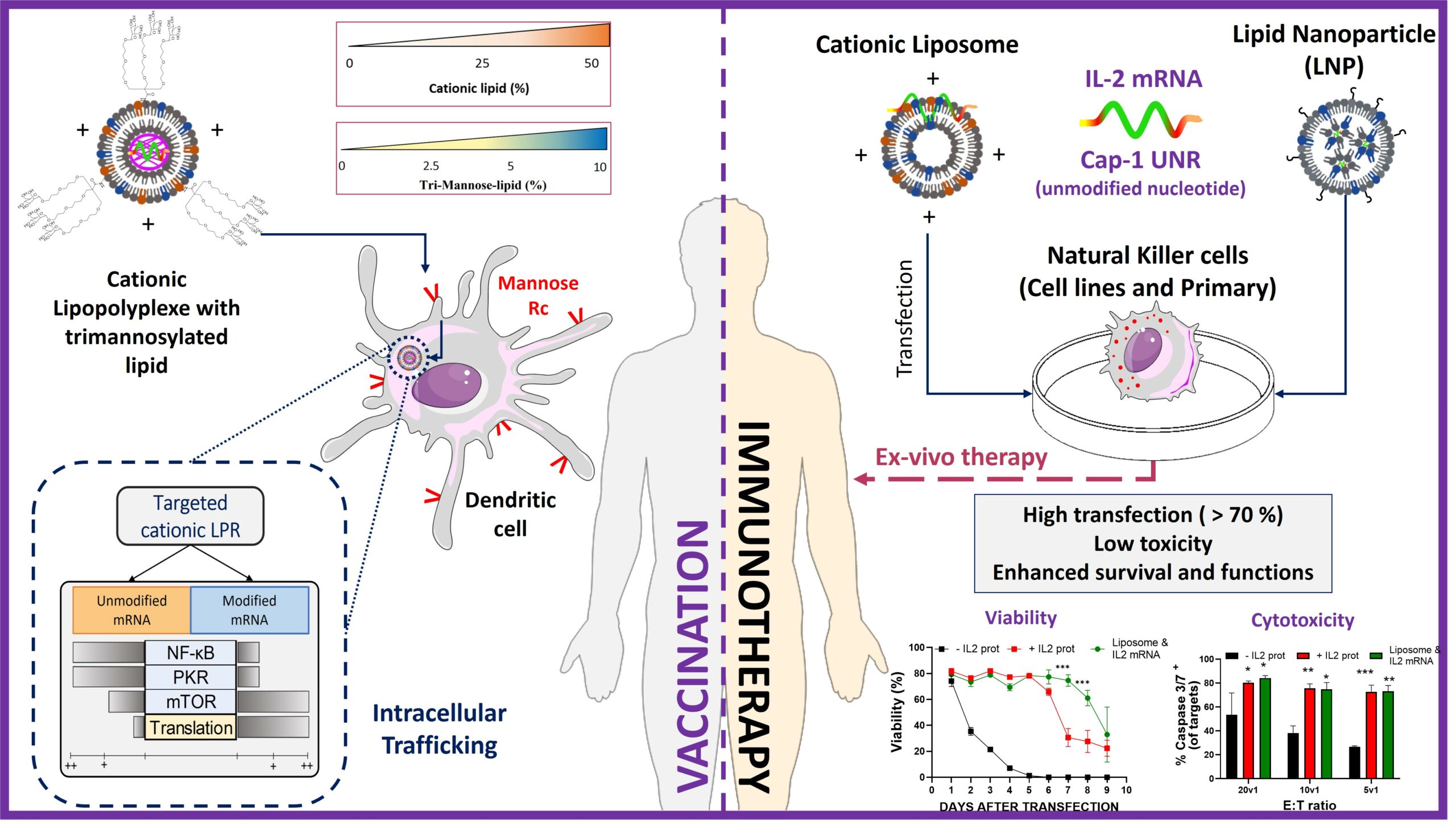
Abstract:
Since the release of mRNA vaccines for COVID-19, there has been much interest in mRNA formulations. Even if they have demonstrated their vaccine effectiveness, other issues must be addressed, in particular their selectivity. This concerns the development of specific delivery systems to direct mRNA to organs and cells of interest. An mRNA-complexing polymer/lipid hybrid (LPR, lipopolyplex) was described by our team as being effective for mRNA delivery. The first objective of my thesis was to study the impact of the net charge and the presence of a trimannosylated ligand of an LPR formulation, on the capture and transfection efficiency of dendritic cells. The results show that the quantity of ligand carried by the formulation can have a negative impact on transfection efficiency while increasing internalization. Rapid routing to acidic compartments induces strong activation of PKR and NF -kB molecular sensors. Interestingly, this effect can be counteracted by the use of an mRNA carrying modified nucleosides and presenting a cap 1 type cap inducing increased activation of the mTOR protein. Today, mRNA-based therapies have considerable potential in immunotherapy. The second objective of the thesis was to develop different types of lipid nanoparticles (LNPs and lipoplexes) to effectively deliver mRNA into Natural Killer (NK) cells that are very difficult to transfect. These formulations allowed high transfection (80%) while preserving cell viability. They allowed efficient delivery of an mRNA encoding the interleukin 2 (IL-2) protein in human NK cell lines (NK-92 and Khyg-1) and human primary cells. An improvement in NK cell proliferation in vitro was measured compared to the use of recombinant IL-2 protein. Furthermore, no negative impact on activation biomarkers and their cytotoxic capacities was observed. These results pave the way for the use of lipid nanoparticles and mRNA for therapeutic strategies using NK cells. Interestingly, these formulations are also very effective in transfecting different types of immune cells (dendritic cells, macrophages, B and T lymphocytes). In addition, they are also effective in mice after being administered by different routes. To conclude, the results obtained highlight the importance of the careful choice of all components of the formulation to obtain good internalization and efficient translation of the mRNA, with a view to its use for different therapies.



